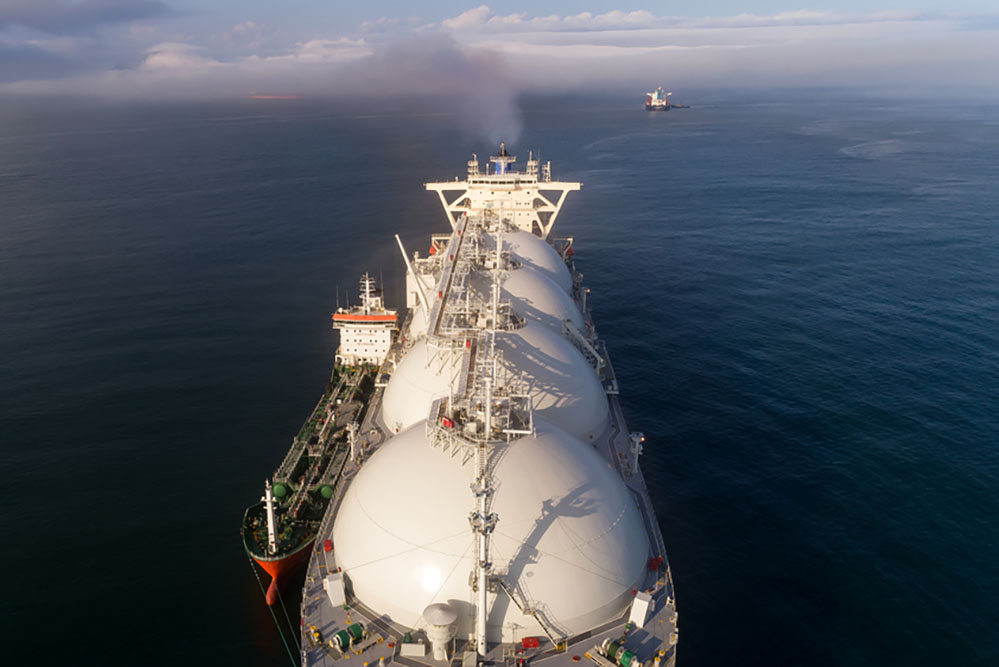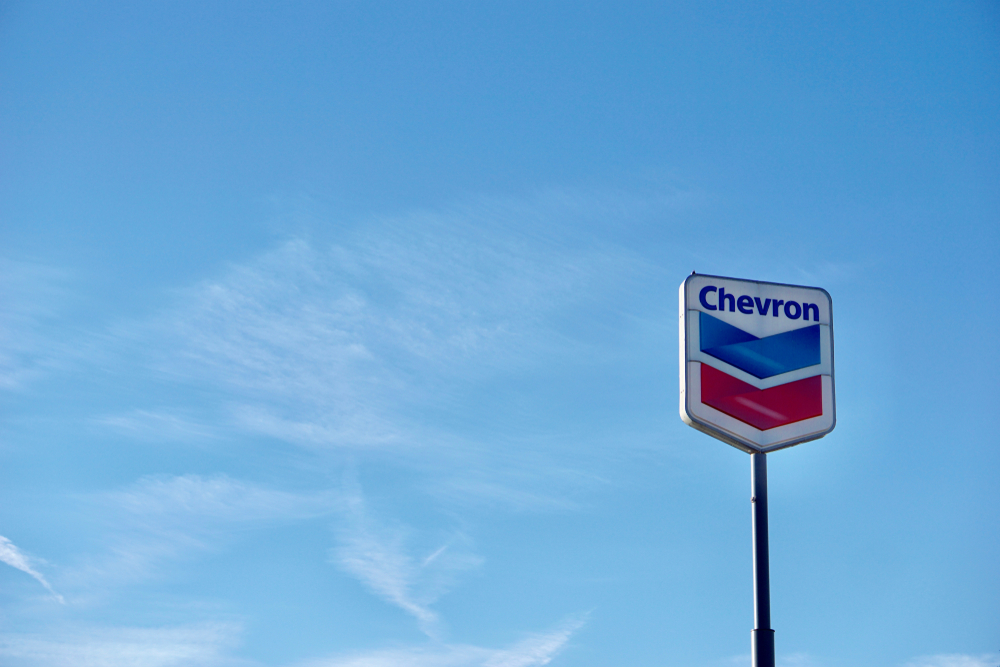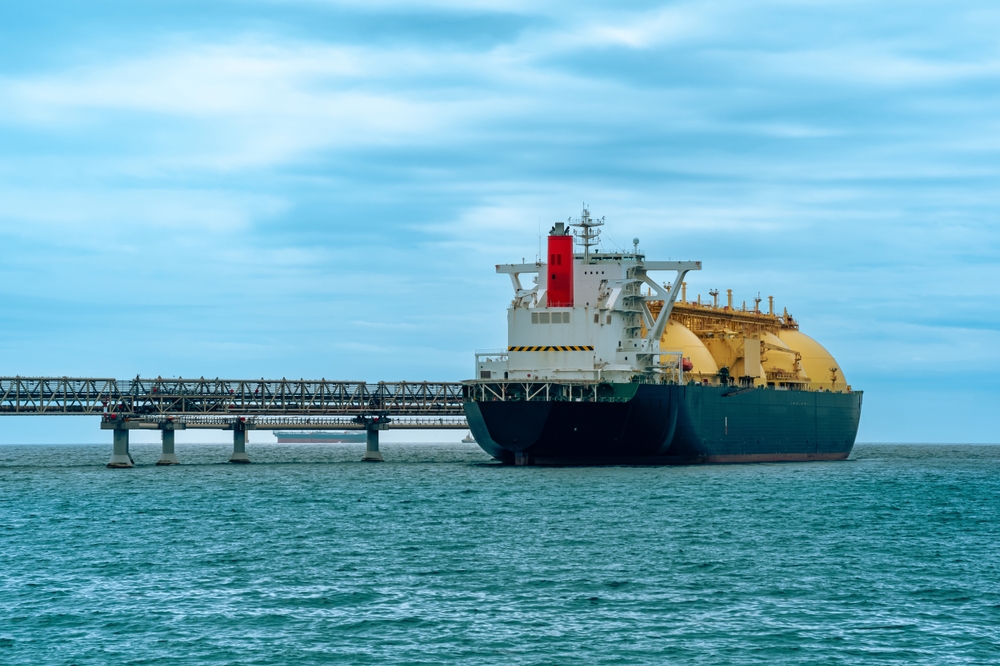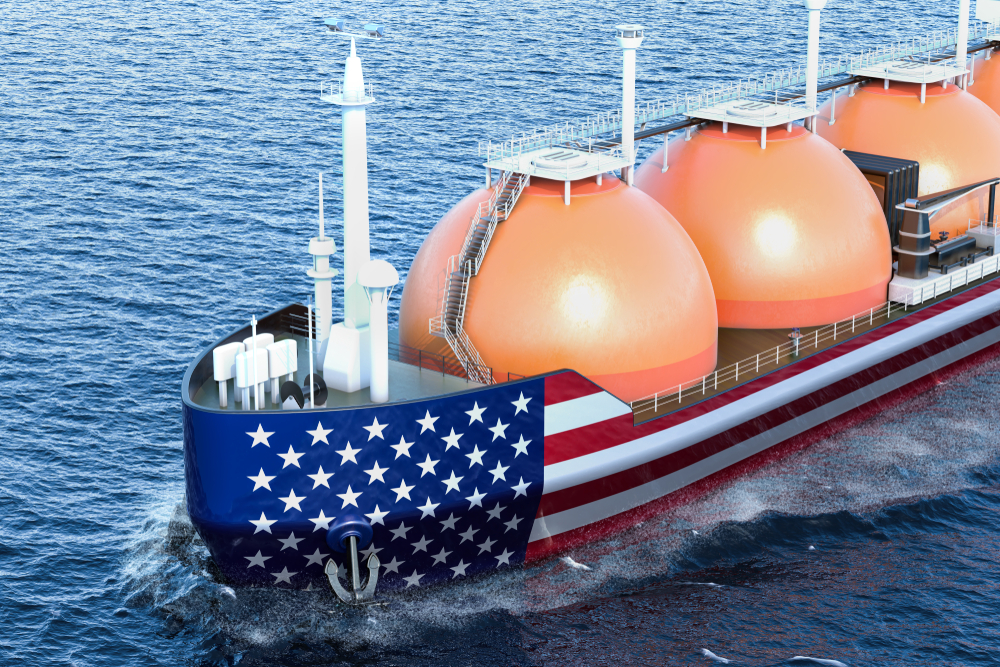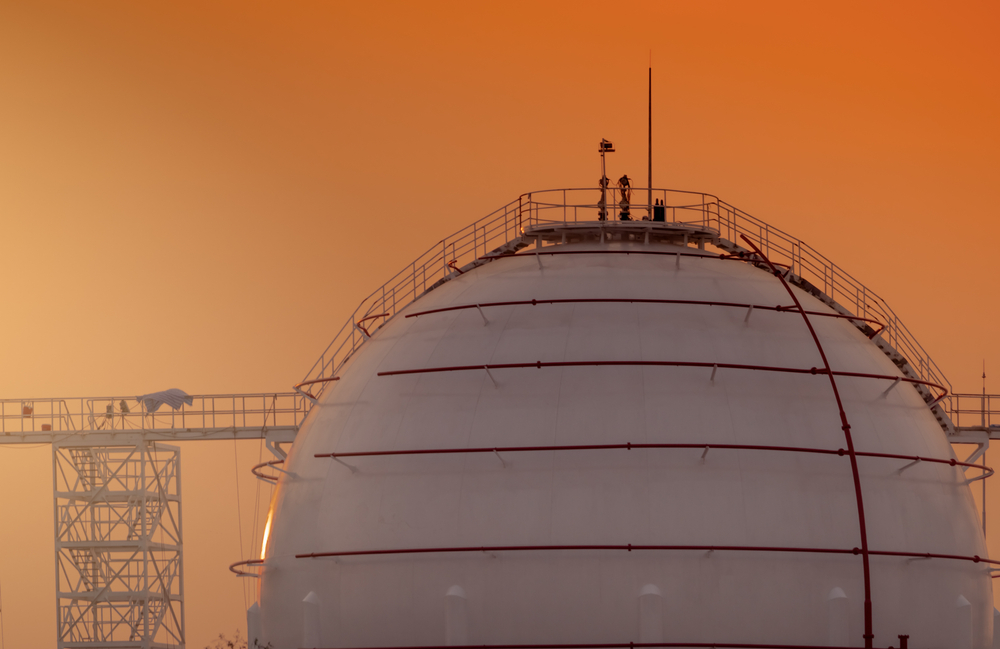
The latest Resources and Energy Quarterly report shows Australia’s resources and energy export value is forecast to achieve a record $349 billion for 2021-22, up from $310 billion in 2020-21.
Australian LNG export volumes are expected to increase 5.4 per cent to 82 million tonnes in 2021–22 and 0.9 per cent to 83 million tonnes in 2022–23, while export earnings are expected to nearly 90 per cent to $56 billion in 2021-22. The total oil and gas export value in 2021-22 is forecast to increase to $67 billion.
In the first half of 2021, global LNG trade grew by almost 5 per cent from the previous year, as the global economy showed a strong recovery from the COVID-19 pandemic. A number of extreme weather events also raised demand, as the Northern Hemisphere built inventories after a bitter winter, followed by a hot Asian summer and sustained droughts in South America that affected hydro generation.
According to the Department of Industry, Science, Energy and Resources’ report, the Asia-Pacific region remains the key driver of import growth, with an impressive 12 per cent expansion in the first half of 2021 from the year prior. However, the report notes that there are downside risks to Asia-Pacific import demand, including high-spot prices and the pace and style of net-zero policies.
Japan imported 38.6 million tonnes of LNG in the first half of 2021, however, Japanese LNG demand generally remains on a downward trend, and Japan is predicted to lose its position as the top global LNG importer to China this year.
Following the announcement of a net zero by 2050 target in October 2020, Japan released a draft 6th Strategic Energy Plan in July 2021, which details provisional power generation mix targets for 2030. The draft plan incorporates a large swing towards nuclear and renewables generation, with the share of gas proposed to decline from 37 to 20 per cent.
Meanwhile, demand for gas is continuing to grow in China, driven by the industrial and residential sectors and ongoing gas-to-coal switching.
China’s 14th Five Year Plan indicates that gas will play an important role in the country’s energy transition to meet its ‘carbon-neutral by 2060’ pledge.
Chinese LNG imports are expected to remain a key driver of global LNG demand growth, rising by an average 5.4 per cent per year over the next three years with a total increase to about 20 per cent by 2023.
In 2020, Australia accounted for the largest share of China’s LNG imports, at around 43 per cent. However, in May 2021, there were media reports that at least two of China’s second-tier LNG importers were instructed by the Chinese government to avoid purchasing additional Australian LNG cargoes.
Second-tier Chinese LNG importers account for around 10 per cent of Chinese imports, with large state-owned enterprises accounting for the rest.
In September, these alleged directives had not materially affected Australia’s LNG exports to China.
“With second-tier LNG importers less active on spot markets, the impacts from these directives are likely to be limited,” the report notes.





